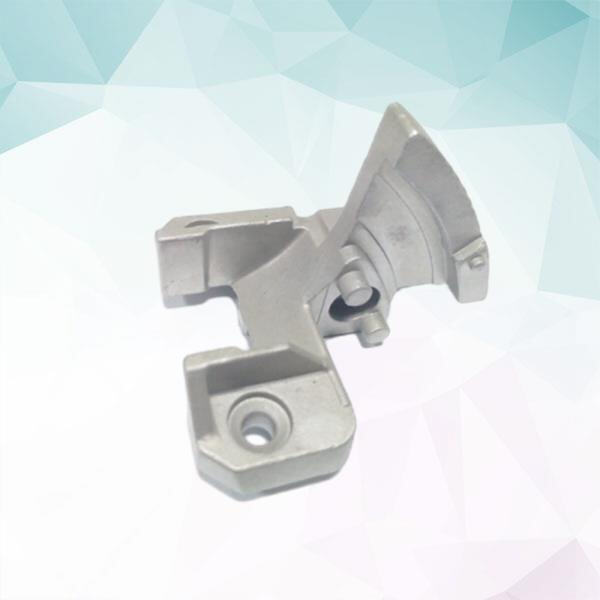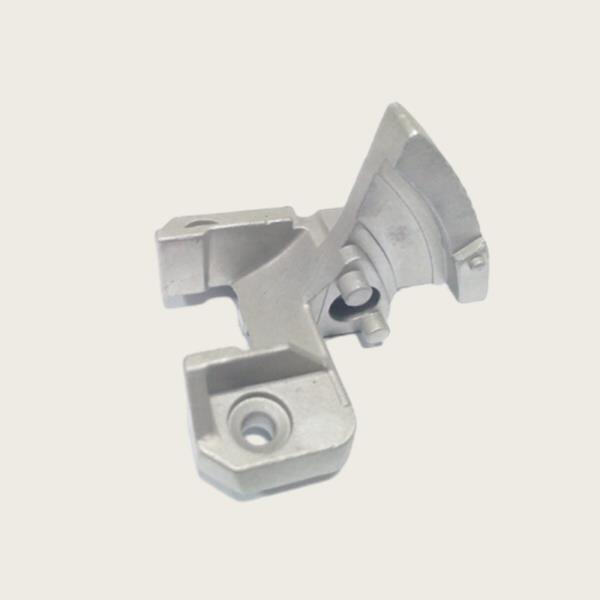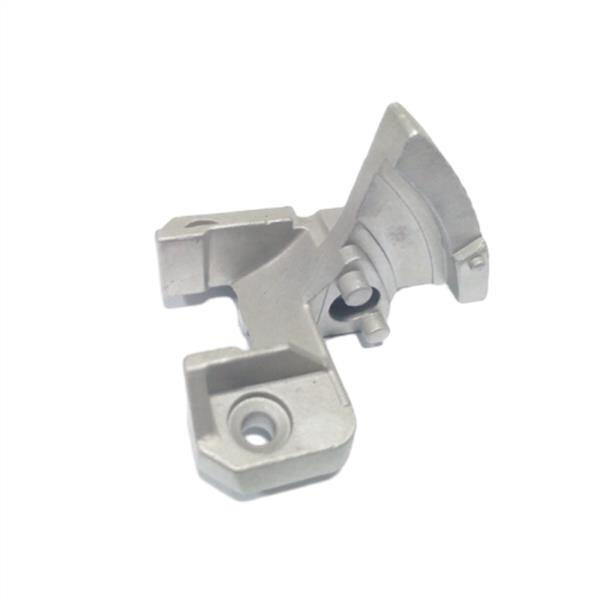Investment mold aluminum gravity casting is a casting process that utilizes wax to produce complex and accurate metal components. It is a procedure that not only requires a wax model of the part being manufactured to be made and then covered in ceramic to form a shell, It consists. Once the mold is finished, the wax is melted, leaving an empty space that is filled with metal to shape the part. Investment mould casting is used in various sectors including aerospace, automotive and jewellery for producing components with very high surface finish and close dimensional tolerances. Investment mould casting The investment moulding process starts with a wax model of the part to be made. The wax is then dipped in a ceramic slurry to create a ceramic shell around the wax. When the ceramic has dried and set hard, it is inserted into a furnace and the wax melts out, leaving a cavity in the shape of the casting. Now molten metal is cast in the cavity and fills the space where the wax has melted away. After the metal cools and hardens, the ceramic shell is shattered, leaving the finished part.
Investment mould cast iron castings has one of the better capabilities for holding tight tolerances of all casting processes. This also means that parts can be made to very tight tolerances, so they are suitable for use in situations where precision is key. Lost wax casting also makes intricate shapes difficult or impossible to produce with die casting, yet very much possible in investment casting. The smooth finish on this design might not require finishing, saving time and additional finishing costs when it comes to your production run. Automotive aluminum investment casting is a special process, which companies such as Runpeng Precision Hardware use to produce key components for cars. By utilizing this way, businesses can develop very accurate, and strong parts that help cars work seamlessly and last long In today’s post we will find out how Automotive Investment Casting process functions and why it’s an essential process for making cars. Automotive Investment Casting is the process in which automobile parts are made by pouring hot melted metal into a mold. This mold quite literally is a shape that metal fills and then solidifies within to create a part of the proper size and shape. This is the best process to do parts that are very complicated or that must be very accurate. Companies can produce parts that are extremely durable, and far less prone to making mistakes, by utilizing Automotive Investment Casting.

Every investment cast must be cast with precision in order to mold it in investment mould custom steel casting. This involved making sure the wax pattern had no defects, that the ceramic shell was being applied uniformly and thoroughly and that the metal was being cast at the correct temperature and at a proper flow rate. Proper cooling and solidification are also important to avoid problems like porosity or shrinkage. By adhering to best practices and making use of quality materials, manufacturers can guarantee that they will develop the best quality parts with investment mould casting.

The process of precision investment mould casting is used to create an extensive range of parts across many industries. In the aerospace sector, investment steel casting products mould produces parts utilized in aircraft engines, turbines and other critical applications which demand precision and reliability. In the automobile market, investment mould casting is employed to manufacture components such as engine, transmission and suspension plus parts subject to high performance requirements. Investment moulding is an ideal solution in the jewels segment to make intricate, delicate products with fine details and smooth surfaces.

In the past few years, several new investment mould casting methods have evolved which have improved the situation further. One innovation, for instance, is in the use of 3D printing to produce the wax models, which affords more design freedom and speedier manufacturing. Yet another feature is the use of advanced ceramic materials which exhibit enhanced strength and thermal stability characteristics with consequent improvements in mould life. Furthermore, the development of casting technologies by computer simulations and data analyses have enabled casting process to be improved in terms of productivity and quality. Custom mold steel precision casting has come a long way, but with these advancements, it is still developing and advancing, and it can offer manufacturers a means through which they can make their parts at qualities that rival those of injection molding, and at the same time have the precision and consistency they need to make it work.